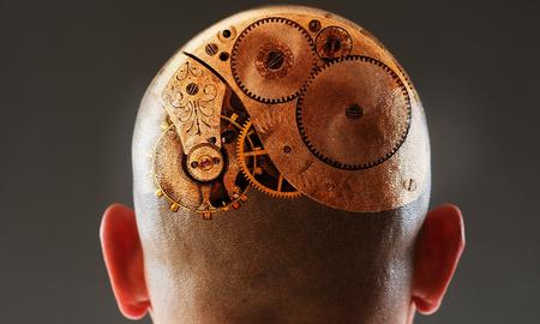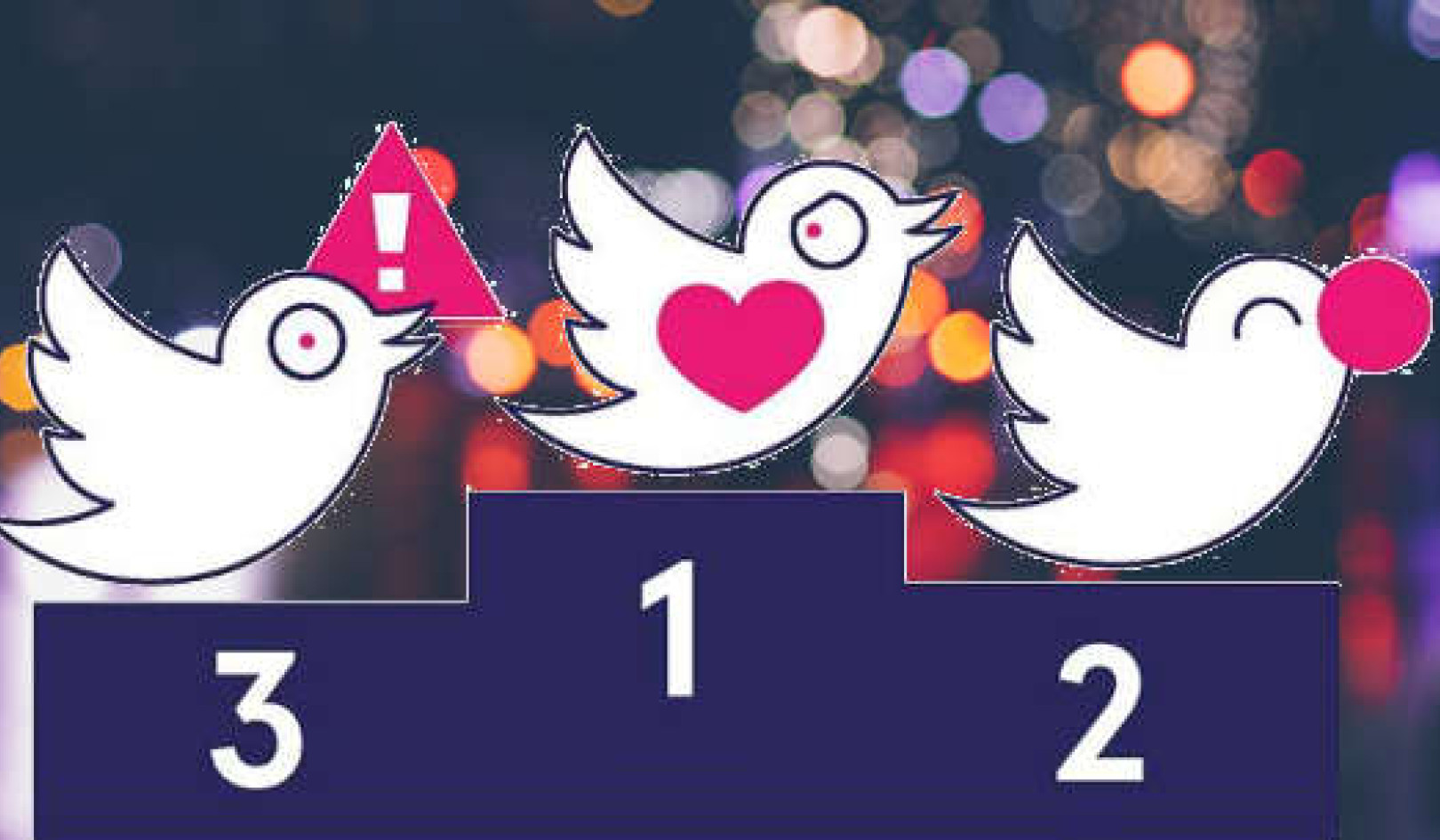
So in the early days, including from the time of Aristotle and later in the 16th and 17th century most of physiognomy consisted of this whimsical comparisons between the physiognomy of humans and animals.
So for example, you would have a drawing of a human who presumably looks like a cow, and from there you will make all kinds of inferences that perhaps the character of the person matches the character of the cow—whatever that might be.
In fact if you look at the history of European history most of the 19th century's novels, a standard feature of this analysis that you have physiognomic descriptions of the characters.
So it was very, very popular and influenced not only marginal writers but big names like Balzac, Stendhal, and many others. Now, interestingly enough in the early 20th century people no longer talk about physiognomy they talk about character analysis. And in fact a lot of the references are no longer to Lavater's whimsical ideas, but they're to evolutionary ideas.
And the so-called character analysts, they were quite influential and they were involved heavily in business and recruitment of employees, but this is exactly the time when the new science of psychology arises and then psychologists are kind of skeptical about the claims of the character analysts—or really the new physiognomists.
The fact that we agree on this impression was discovered over 100 years ago in psychology, but psychologists at the time were really focused on the accuracy of the impressions and paid very little attention to the extremely interesting psychological fact that we actually agree on these impressions.
Very often in psychology, and generally in the social sciences lately, if you observe that there's a pervasive bias that is: it's something that feels fairly automatic and we can all do it. There is kind of almost immediate assumption that this might be actually wired, that it's something that we are born to be able to do.
Of course you can easily think of counterexamples like driving, which essentially becomes automatic and there's nothing evolutionary about driving—or reading.
But nevertheless things that seem to have been present always in our environment like faces, that seems like natural assumptions.
{youtube}https://www.youtube.com/watch?v=gw0OB1L0x7s{/youtube}
Related Books:
at InnerSelf Market and Amazon























